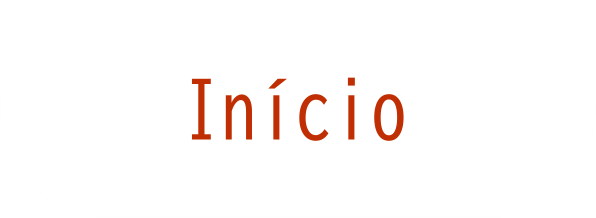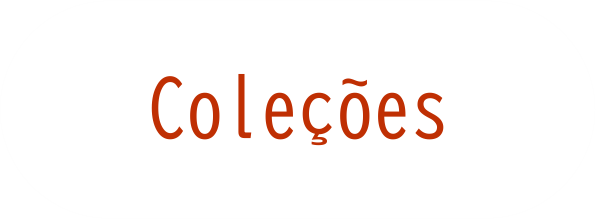Deciphering the differential response of two human fibroblast cell lines following Chikungunya virus infection
Autor(es): Thon-Hon Vincent G, Denizot Melanie, Li-Pat-Yuen Ghislaine, Giry Claude, Jaffar-B-jee Marie-Christine, Gasque Philippe
Resumo: Chikungunya virus (CHIKV) is an arthritogenic member of the Alphavirus genus (family Togaviridae) transmitted by Aedes mosquitoes. CHIKV is now known to target non hematopoietic cells such as epithelial, endothelial cells, fibroblasts - to less extent monocytes/macrophages. The type I interferon (IFN) response is an early innate immune mechanism that protects cells against viral infection. Cells express different pattern recognition receptors (including TLR7 - RIG-I) to sense viruses - to induce production of type I IFNs which in turn will bind to their receptor. This should result in the phosphorylation - translocation of STAT molecules into the nucleus to promote the transcription of IFN-stimulated antiviral genes (ISGs). We herein tested the capacity of CHIKV clinical isolate to infect two different human fibroblast cell lines HS 633T - HT-1080 - we analyzed the resulting type I IFN innate immune response. Indirect immunofluorescence - quantitative RT-PCR were used to test for the susceptibility of both fibroblast cell lines to CHIKV. Interestingly, the two fibroblast cell lines HS 633T - HT-1080 were differently susceptible to CHIKV infection - the former producing at least 30-fold higher viral load at 48 h post-infection (PI). We found that the expression of antiviral genes (RIG-I, IFN-?, ISG54 - ISG56) was more robust in the more susceptible cell line HS 633T at 48 h PI. Moreover, CHIKV was shown to similarly interfere with the nuclear translocation of pSTAT1 in both cell lines. Critically, CHIKV can control the IFN response by preventing the nuclear translocation of pSTAT1 in both fibroblast cell lines. Counter-intuitively, the relative resistance of HT-1080 cells to CHIKV infection could not be attributed to more robust innate IFN- - ISG-dependent antiviral responses. These cell lines may prove to be valuable models to screen for novel mechanisms mobilized differentially by fibroblasts to control CHIKV infection, replication - spreading from cell to cell.
Palavras-Chave: CHIKV; Type I IFN; HS 633T; HT-1080; RIG-I; TLR7; STAT-1
Imprenta: Virology Journal, v. 9, p. 213, 2012
Identificador do Objeto Digital: 10.1186/1743-422X-9-213
Descritores: Chikungunya virus - Cell ; Chikungunya virus - Immune response ; Chikungunya virus - Pathogenesis ; Chikungunya virus - Proteins ; Chikungunya virus - Cytokines ; Chikungunya virus - Immune response ; Chikungunya virus - Immunopathology ; Chikungunya virus - Real Time PCR ; Chikungunya virus - RT-PCR ; Chikungunya Virus - Virus ; Chikungunya virus - Immunology
Data de Publicação: 2012








